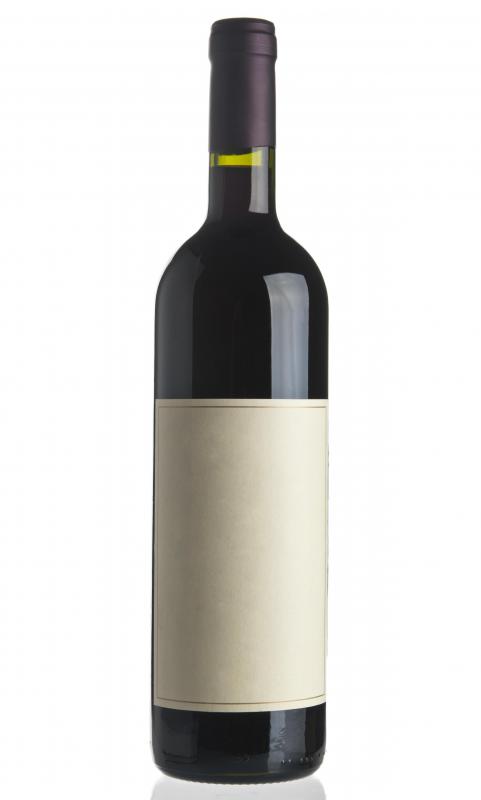At WiseGEEK, we're committed to delivering accurate, trustworthy information. Our expert-authored content is rigorously fact-checked and sourced from credible authorities. Discover how we uphold the highest standards in providing you with reliable knowledge.
What is Wine Etiquette?
There are certain rules of wine etiquette that tend to be expected of people who order wine from a restaurant, taste it, or serve it to other people. The various rules of wine etiquette are not set in stone, and many people who do not drink wine regularly have no knowledge of what is considered to be the proper etiquette. Most wine experts agree that wine is better when the etiquette rules are followed, not only by the people drinking the wine, but also by the people serving it. There may also be a few variances in the rules for wine etiquette depending on the type of setting in which the wine is served.
According to the traditional rules of wine etiquette, only a small amount of wine should be initially poured into the glass of a guest at a restaurant. The guest should normally take the opportunity to swirl the wine around in the glass and then smell and taste it so the server can be sure the wine is satisfactory before serving a full glass. If the wine is suitable, the server will pour everyone a full glass of wine, starting with the women at the table and working his way around the table in a clockwise direction. The server is also generally expected to bring the wine out to the table with the label facing outward so that guests can be sure the correct wine is being brought to the table.

Wine etiquette in a tasting room tends to differ from etiquette in a restaurant. Tasting room guests typically sample a variety of different wines and are not normally expected to finish entire glasses of wine. Most tasting rooms have areas to pour out wine sample leftovers. Guests in tasting rooms are usually given white wines to sample, followed by red wines. It is normally considered good manners to buy an entire bottle of wine from a tasting room if more than one sample is taken of a specific wine.

People who serve wine at dinner parties should always make sure that the wine is the correct temperature before serving. White wine is considered best when it is cool, but not cold. Red wine is normally served at room temperature. Many people serve wine in decanters at formal dinner parties rather than straight from the bottle because the presentation is typically nicer if a fancy decanter is used and because sediment, or solids, that tend to form at the bottom of the bottles of very old wines can be avoided. Serving wine straight from the bottle is common and typically considered acceptable at less formal gatherings.
AS FEATURED ON:
AS FEATURED ON:


















Discussion Comments
@Soulfox -- True, and the use of decanters in serving homemade wines is evidence of that. Homemade wine is often served in decanters and is rarely served in formal settings. The decanter helps separate the homemade wine from the crud that is almost always in the bottom of bottles of that wine.
If memory serves, serving wine straight out of the bottle is acceptable at most gatherings.
Now, there is always some etiquette to be observed and the formality of the situation dictates it. In college, for example, it is acceptable to keep the bottle housed in a paper sack as it is being served.
Seriously, though, a decanter is often viewed as less a tool used in formal settings than as a way to make wine taste better. Expensive, old wines often have a lot of sediment in them and a decanter can be used to remove that from the wine.. There's nothing informal or formal about a decanter. It is merely a way to remove unwanted crud from wine.
Post your comments